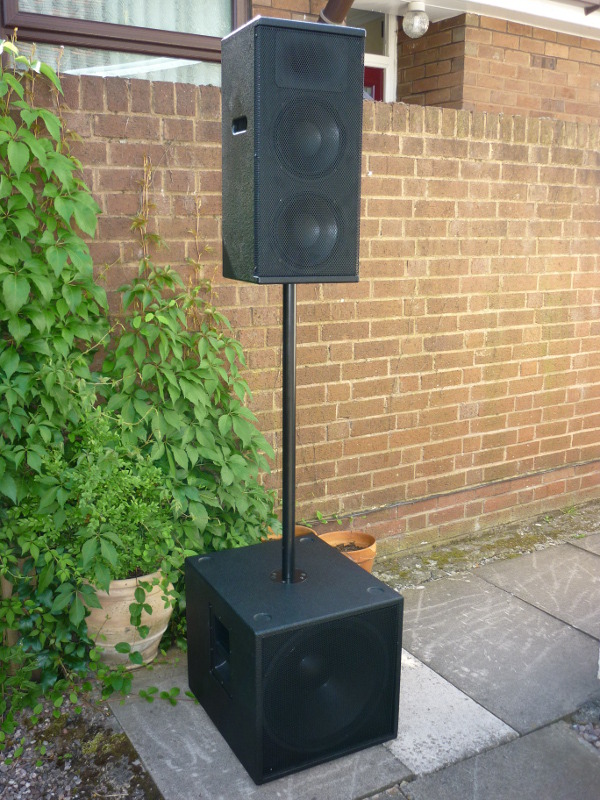![]()
Frequency: 90Hz-15kHz
Enclosure Type: Reflex
Size : 1219x558x558
Recommended Drivers: RCF MB15H401 Spec Sheet & ND850 Spec Sheet or Beyma 15G40E & CP750NdE
Plan:


Designer:
Comments from the designer: Hi everybody, Hey this is Prashant from India. I am a sound engg student in Mumbai.
If u wants this design please mail me:-
don’t hesitate & feel free to ask. We are always there for you. Thanks, Prashant.





